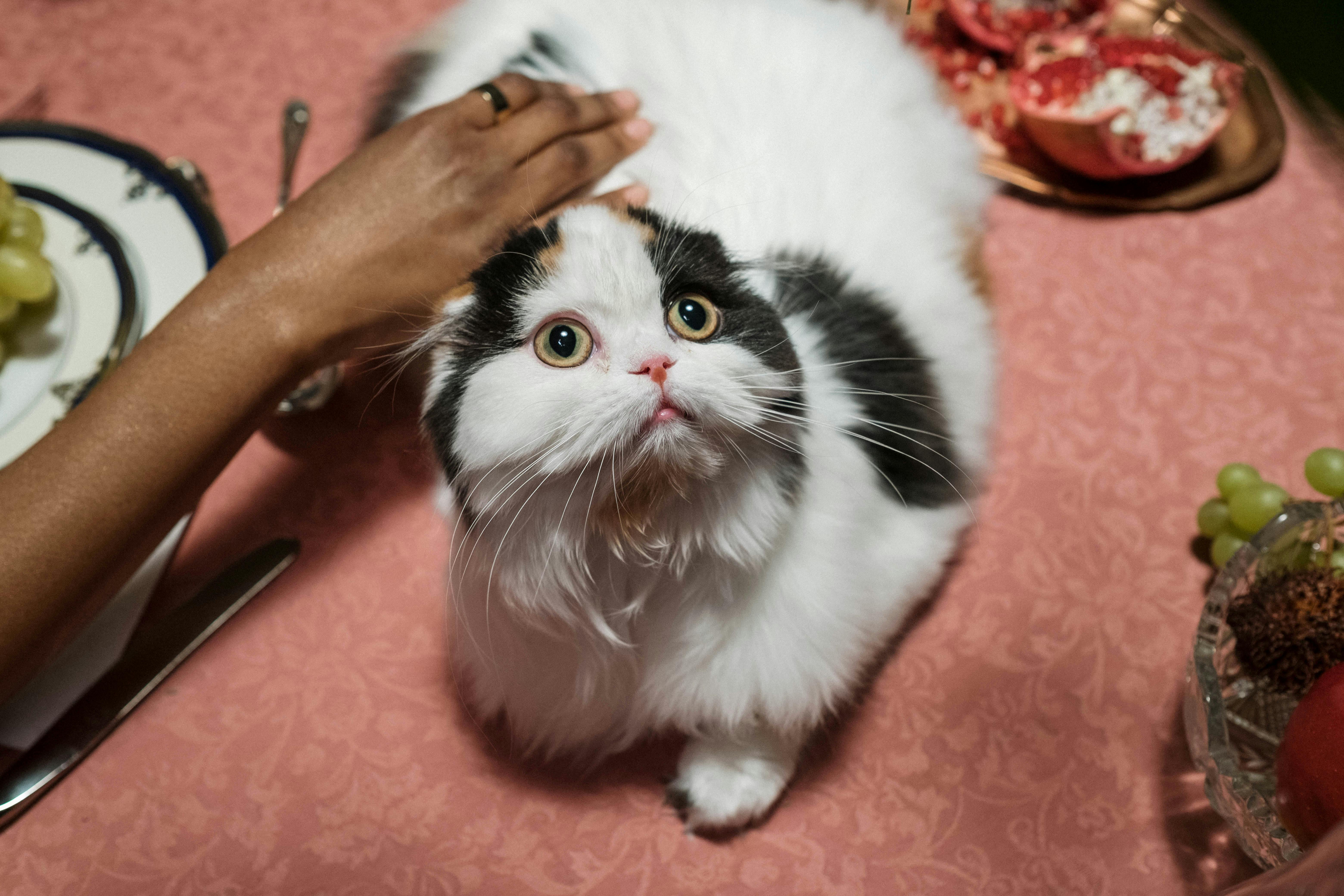If you currently own a pug, chances are you’ve seen several pugs act bigger than they can be. They have also been quite eager to welcome new people and other dogs as well and are prone to jumping on others for attention. These traits are often security issues for your pug if left unresolved, but fortunately they are effortlessly corrected with proper training.
Pugs, in addition to being funny, cute, delicate and dedicated, are also stubborn, cunning and overconfident. Due to this fact, pug obedience training is top priority and should happen as quickly as possible. If possible, anytime from 12 weeks of age to 6 months of age.
Do your training in minimal blocks of isolated time. Puppies, just like children, have a quick attention span. The key to success is repeating and reinforcing positive behavior with a nice treatment incentive. Also, it is essential to realize that Pugs are highly motivated by treats.
Pugs tend to be perhaps the most coveted types of dogs. Their distinctive physical features, like their wrinkled, wrinkled nose and large, loving eyes, along with their charming personalities, are part of what makes them so cute and lovable. The thing is, many people buy this playful pup long before they do their research on how to train a Pug or understand the mental profile of the typical Pug.
Establishment of the role of the alpha dog
Initially, you must develop your role as the alpha dog and take control of your home. Although small and innocent-looking pugs are stubborn. Quite a few Pug owners let their dogs have free rein in the home, this includes their bedding and diapers. This type of owner behavior can lead to mixed signals and give the Pug the feeling that he may be the alpha dog in the house.
Set ground rules
Once your alpha position is established, you need to create ground rules for tolerable behavior in your home. Try not to let yourself be seduced by the cuteness of your pug! It’s not cute when your pup bites you when he plays, or he cocks his head and sits there after you call him over, or maybe barks at squirrels, or any other irritating behavior. Anything you do or avoid doing is known as Pug training in the eyes of your respective Pug. You need to determine if your pug is allowed to be on the couch, in bed, begging for food, etc., from the first day your new friend comes home with you.
Another attribute of a pug is their desire to gratify. Pugs are people’s dogs and they yearn to be with you constantly. This is very important to remember because it can lead to attachment and socialization problems. It is highly recommended to familiarize your pug with other people and dogs at an early age. Pugs tend to interact well with others, especially young children.
Pugs are animals of habit, so you will most likely need to start a regular plan that your pug can depend on day in and day out. Below are some areas to consider when putting together a regular schedule.
feeding periods
walk
Period of play/mental development
I hope you enjoyed this article!

